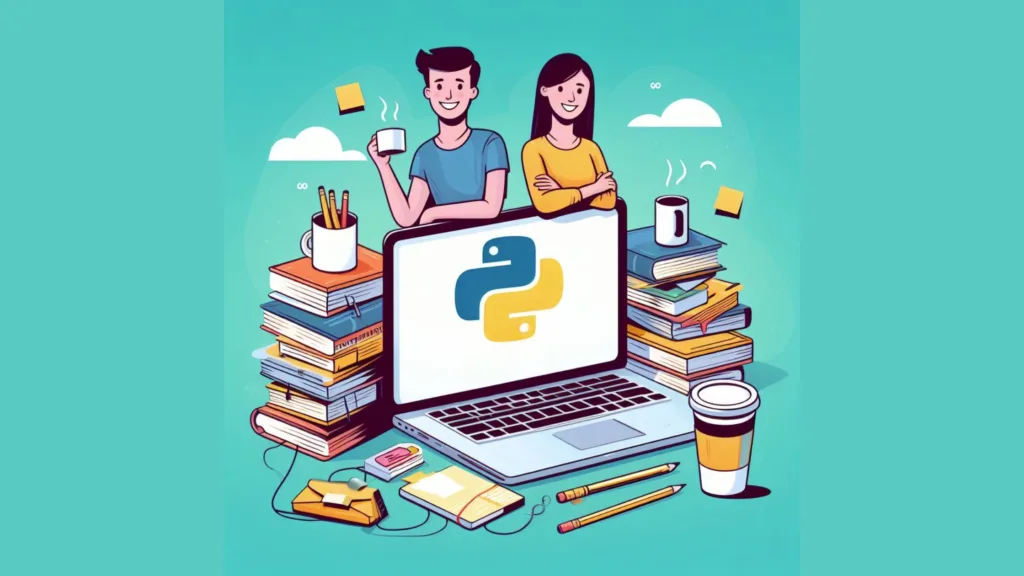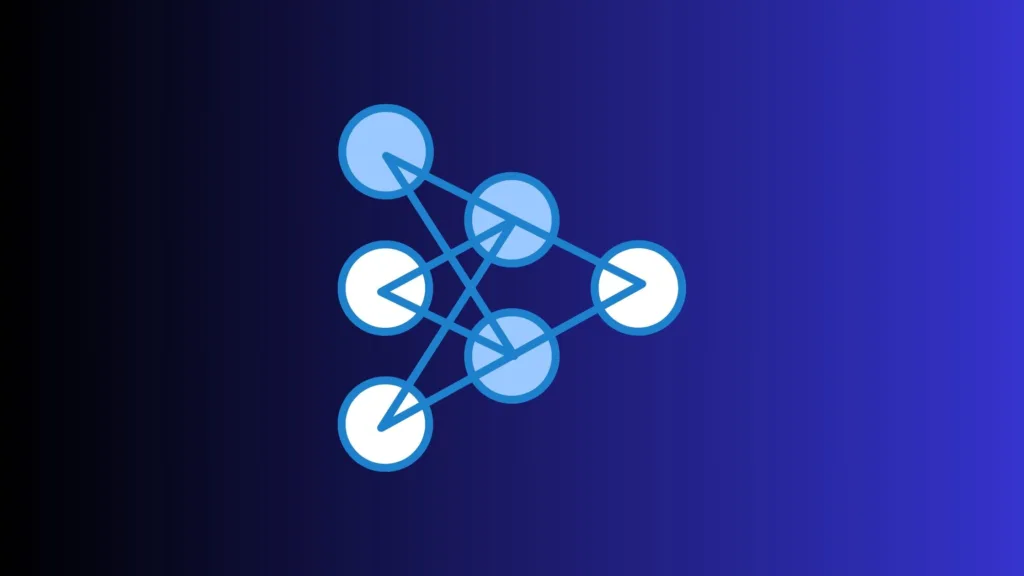Introduction
Python dictionaries are one of the most versatile and commonly used data structures, especially for tasks that involve fast data look-up, storage, and manipulation. Understanding dictionaries is crucial for any Python developer, whether you’re working on data science projects, web development, or automating tasks.
In this blog post, we’ll cover 10 popular interview questions on Python dictionaries, along with their answers, to help you prepare for your next Python interview.
1. What is a Python Dictionary?
Answer: A Python dictionary is an unordered collection of key-value pairs. It allows you to store and retrieve data in an efficient manner. Dictionaries in Python are mutable and indexed by their keys.
2. How Do You Create a Dictionary?
Answer: You can create a dictionary using curly braces {} with key-value pairs separated by colons, or you can use the dict() constructor.
Example:
# Using curly braces
my_dict = {'name': 'John', 'age': 30}
# Using dict() constructor
another_dict = dict(name='Jane', age=40)3. How Do You Access Values in a Dictionary?
Answer: You can access the value of a specific key using square brackets [] or the get() method.
Example:
my_dict = {'name': 'John', 'age': 30}
# Using square brackets
print(my_dict['name']) # Output: John
# Using get() method
print(my_dict.get('age')) # Output: 304. How Do You Update a Dictionary?
Answer: You can update a dictionary by assigning a new value to an existing key or by adding a new key-value pair.
Example:
my_dict = {'name': 'John', 'age': 30}
# Update existing key-value
my_dict['age'] = 31
# Add new key-value pair
my_dict['city'] = 'New York'5. How Do You Delete Elements from a Dictionary?
Answer: You can delete elements using the del keyword or the pop() method.
Example:
my_dict = {'name': 'John', 'age': 30, 'city': 'New York'}
# Delete a key-value pair using del
del my_dict['city']
# Delete a key-value pair using pop
my_dict.pop('age')6. What Happens When You Try to Access a Key That Doesn’t Exist?
Answer: Accessing a non-existent key using square brackets will raise a KeyError. However, using the get() method will return None.
Example:
print(my_dict['country']) # Raises KeyError
print(my_dict.get('country')) # Returns None7. How Do You Iterate Through a Dictionary?
Answer: You can iterate through a dictionary using loops. Python dictionaries have methods like keys(), values(), and items() to iterate through keys, values, or key-value pairs, respectively.
Example:
for key in my_dict.keys():
print(key)
for value in my_dict.values():
print(value)
for key, value in my_dict.items():
print(key, value)8. How Do You Merge Two Dictionaries?
Answer: You can merge two dictionaries using the update() method or the ** unpacking operator.
Example:
dict1 = {'name': 'John', 'age': 30}
dict2 = {'city': 'New York', 'email': 'john@email.com'}
# Using update method
dict1.update(dict2)
# Using ** unpacking
merged_dict = {**dict1, **dict2}9. Can Dictionary Keys be Mutable?
Answer: No, dictionary keys must be immutable types like integers, strings, or tuples.
10. Can a Dictionary Have Duplicate Keys?
Answer: No, dictionaries cannot have duplicate keys. Adding a key-value pair with an existing key will update the value of that key.
Conclusion
Python dictionaries are powerful and flexible, making them a crucial tool in any Python developer’s toolkit. Understanding their intricacies can help you perform better in interviews and improve your coding skills. These interview questions and answers should provide you with a strong foundation in Python dictionaries.
Happy learning and good luck in your next Python interview!



